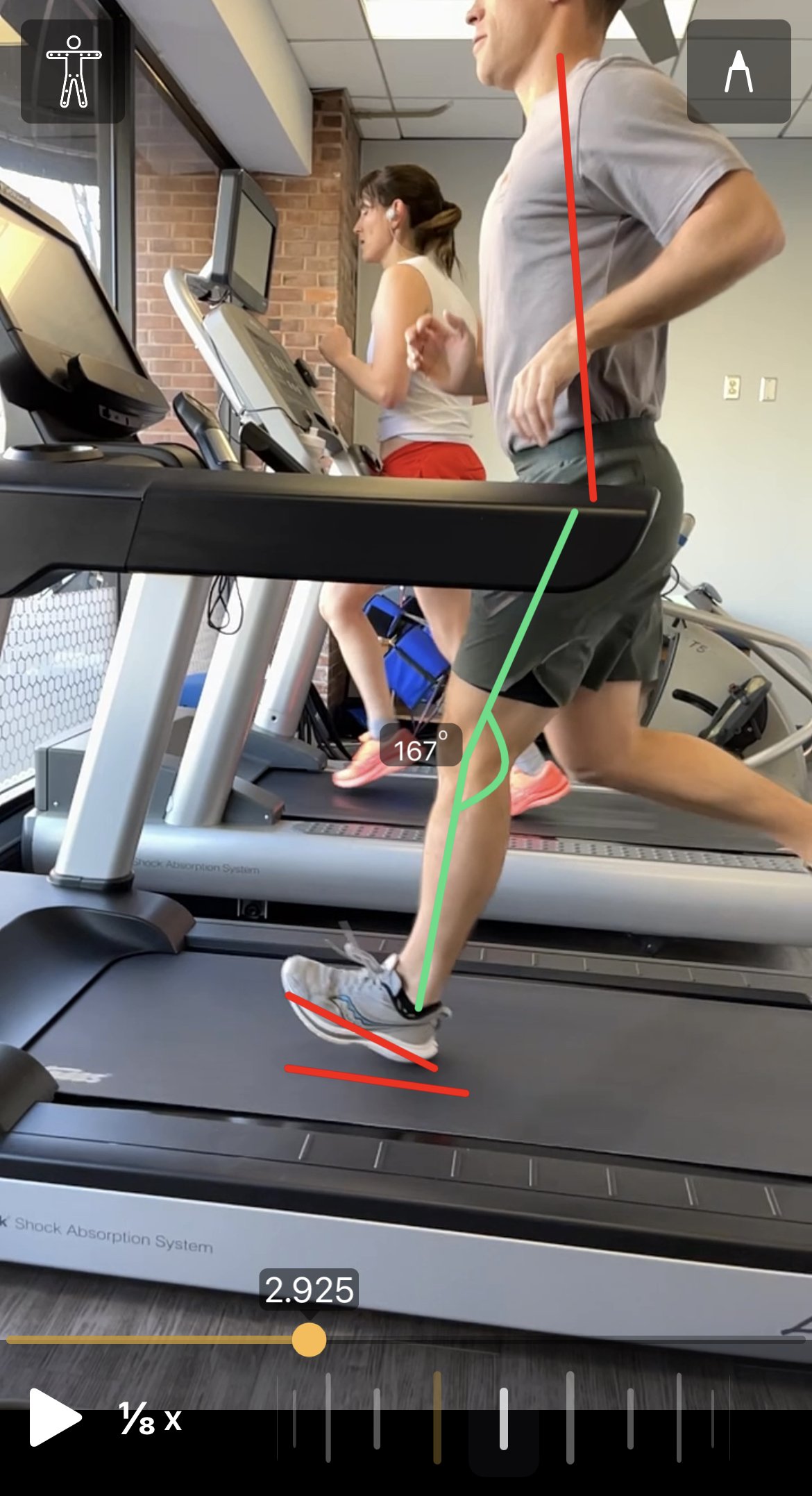When the environment and the schedules change, having a plan to keep up exercise and your physical therapy routine is important. As James Clear, author of Atomic Habits, would say, “You do not rise to the level of your goals, you fall to the level of your systems.” And system #1 is to have a plan or to put something on a schedule to make sure it gets done!
Beyond the Wait-and-See Approach: Making Waves of Change in Pain Management
There are two cohorts of individuals to whom this applies. The first are those who take the wait and see approach to their pain. They hope their issues go away in time with rest. They may try an exercise or stretch yet mostly proceed without changing any routines that led to the pain. Rest is not rehab. Rest is rust.
Infinite Games of Parenting and Health: Lessons from September
How to Defy Aging: Unlocking the Power of Strength Training for a Lifetime of Wellness
Top Blog Posts from Our Colleagues:
Lessons Learned From a Sub 3 Hour Marathon
What Every Runner in Washington DC Should Know About Shin Splints!
Every fall, unfortunately, runners of all levels are increasing their training to prepare for high school or college cross country or a fall full or half marathon. More miles as run and more fast workouts are attempted (hopefully completed)! If a runner has not prepared their bones or muscles with months of base phase running and lots of strength and conditioning, the training proves too much and likely results in dreaded shin splints.
Baby Steps: How Physical Therapy Works
Unlocking the Power of Core Strengthening: Enhancing Running Performance and Reducing Injury Risk
How an Ankle Injury Changed My PT Philosophy
To Stretch or Not to Stretch
“My hamstrings are soooooo tight. I should stretch more”, said every client I have worked with the past 14 years.
What does tightness mean to you? To most, it means something is inflexible and needs to be stretched.
This statement often gets reported when we ask someone to touch their toes. In this situation, a client will bend forward, keep their knees straight and reach their hands to the floor. I often giggle (on the inside, of course- professionalism!) when a client can put their palms to the floor exclaims, “I’m sooooo tight.”
6 Key Strategies for Increasing Your Training Load Capacity as a Runner
Benefits of Out-of-Network Physical Therapy in Washington, DC
What is Vestibular Physical Therapy and How It Can Help
How to Optimize Your Running Performance and Reduce Injuries with Load Management
Gone Awry or Obstacle is the Way?
Running Injury Rehabilitation Through Performance Physical Therapy
Would You Rather Wear Out or Rust Out?
Your health is the best investment you can make. Sleep, diet, and exercise are the elixirs to feeling and moving well over the next 30 years. Teddy Roosevelt once said, “I’d rather wear out than rust out” little did he know the body adapts to the positive stressors we put on it! Had he worked with us could have gone out moving and grooving.
Is Running Bad for Knees?
Wear and tear is a misconception. Joints/cartilage adapt to stress. The saying should be updated to wear and repair.
Pain in the Achilles: Why a formal evaluation is needed
Posterior ankle pain is a common experience amongst active individuals. In a young and active population, achilles tendinopathy tends to be the most common cause of posterior ankle pain. However, not all posterior ankle pain is necessarily tendinopathy…and not all tendinopathies are treated the same.






